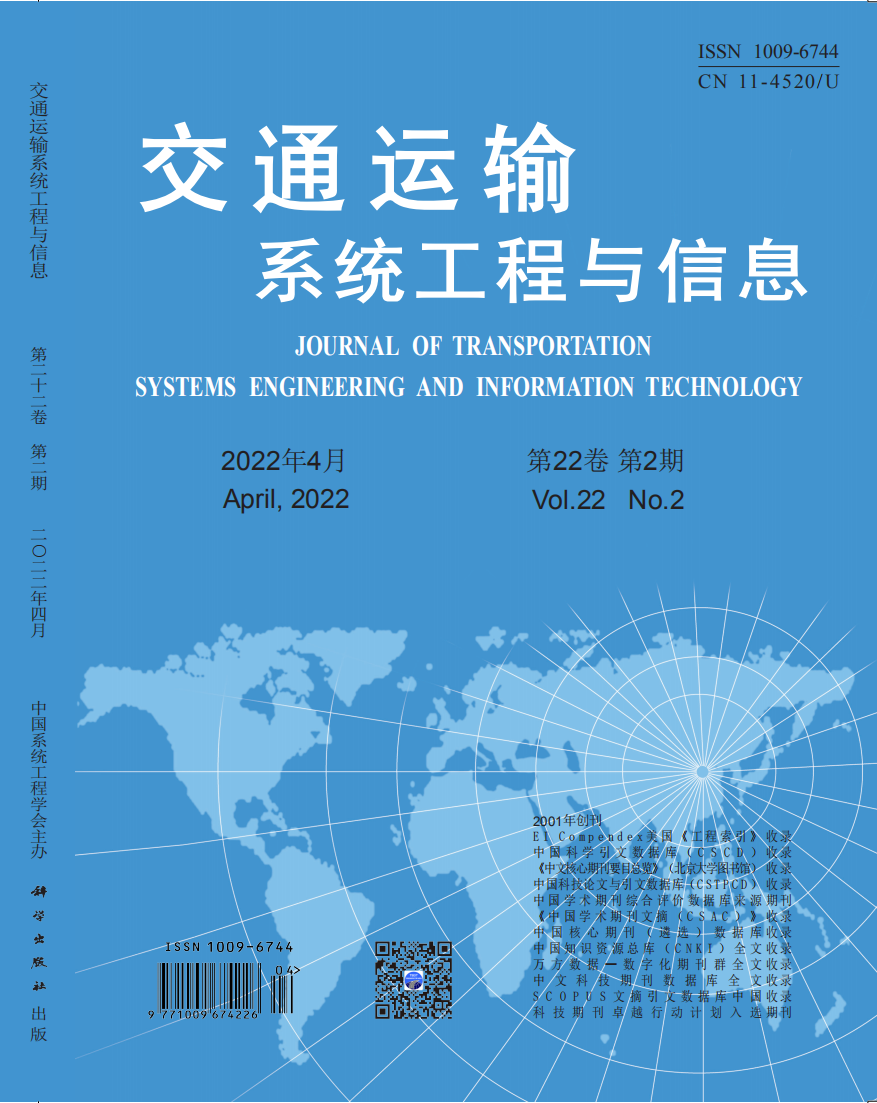|
|
Analysis on Contributing Factors Influencing Severity of
E-Bicycle and Motor Vehicle Crashes
MA Jing-feng, REN Gang , LI Hao-jie, CAO Qi, DU Jian-wei
2022, 22(2):
337-348.
DOI: 10.16097/j.cnki.1009-6744.2022.02.035
It is critical to quantify the differential influence of different factors on the severity of e-bicycle and motor
vehicle crashes in order to mitigate the losses caused by these crashes. Based on the data of 10304 e-bicycle and motor
vehicle crashes in Shangyu in 2018, the severity distribution and spatiotemporal characteristics of the crashes were
analyzed. As the dependent variable, the crash injury severity levels were coded into three classifications: uninjured,
minor injury, and serious injury crashes. A total of 17 contributing factors were selected from six perspectives, i.e.,
time, space, road, environment, cyclist, and vehicle type. The multinomial Logit model, the ordered Logit model, the
generalized ordered Logit model, and the partial proportional odds model were applied to explore the potential
influencing factors by comparing the goodness of fit. The optimal model, i.e., the partial proportional odds model, as
well as the marginal effects was carried out to quantitatively analyze the significance of the contributing factors in the
crashes. The results evidenced that, the day type, the speed limit of lanes, intersection angle of traffic flow, and
temperature have no significant influence on the crash severity, while the other 13 factors have significant influence.
The factors, including crash time, lighting condition, rider gender, rider age and vehicle type, do not comply with the
parallel-lines assumption in the crashes. The top four factors with the greatest impacts were e-bicycle type, vehicle
type, rider age, and gender. The maximum absolute marginal values all exceeded 61% . Crash area, road type, andlighting condition had moderate impacts (20% ~30% ), crash time and wind level had less impact (10% ~20% ), and
season, crash location, non-motorized traffic interference, and the weather had minor effects (≤8% ). Based on the
differences in the influencing factors, effective improvement suggestions had been put forward for the traffic
management department.
References |
Related Articles |
Metrics
|


